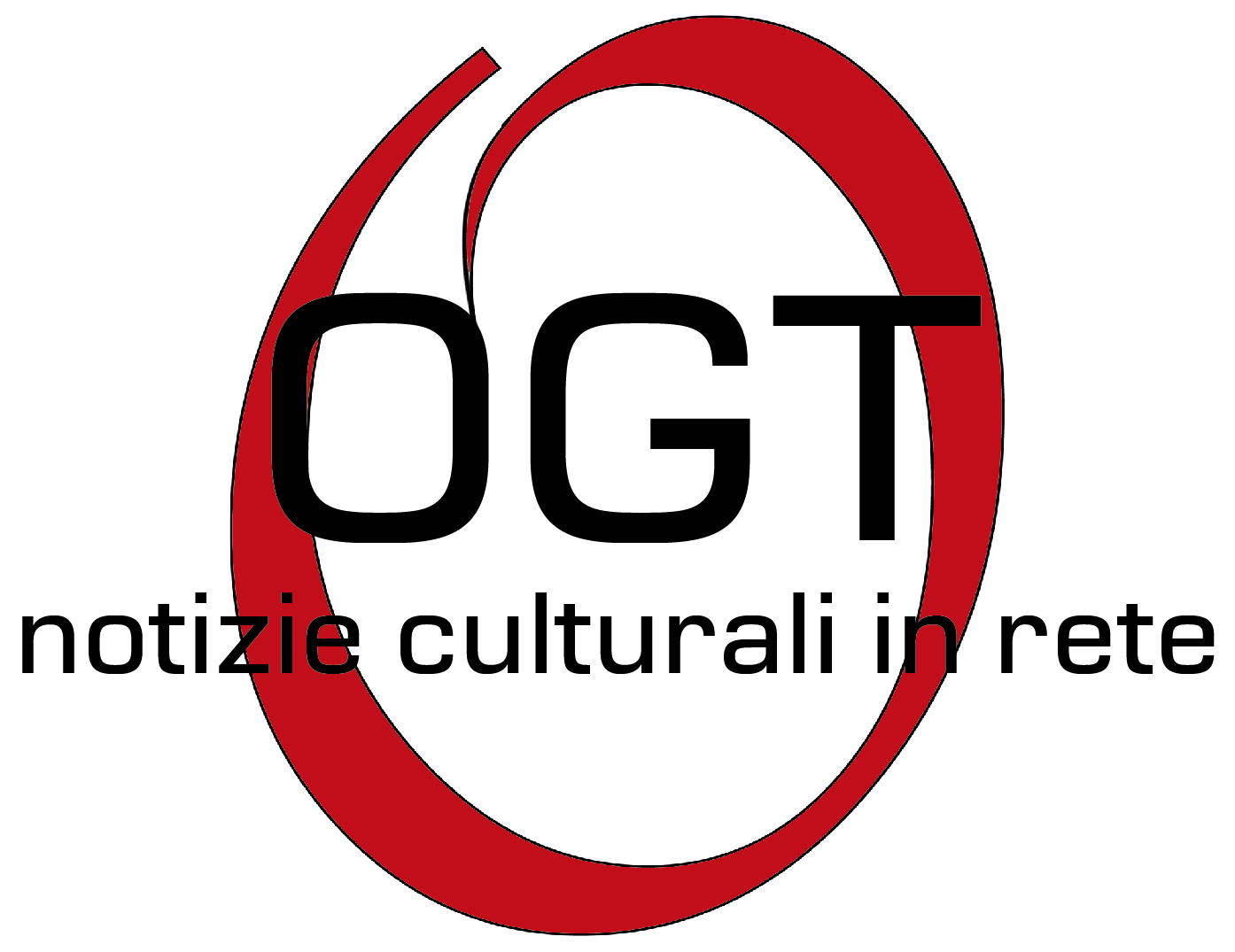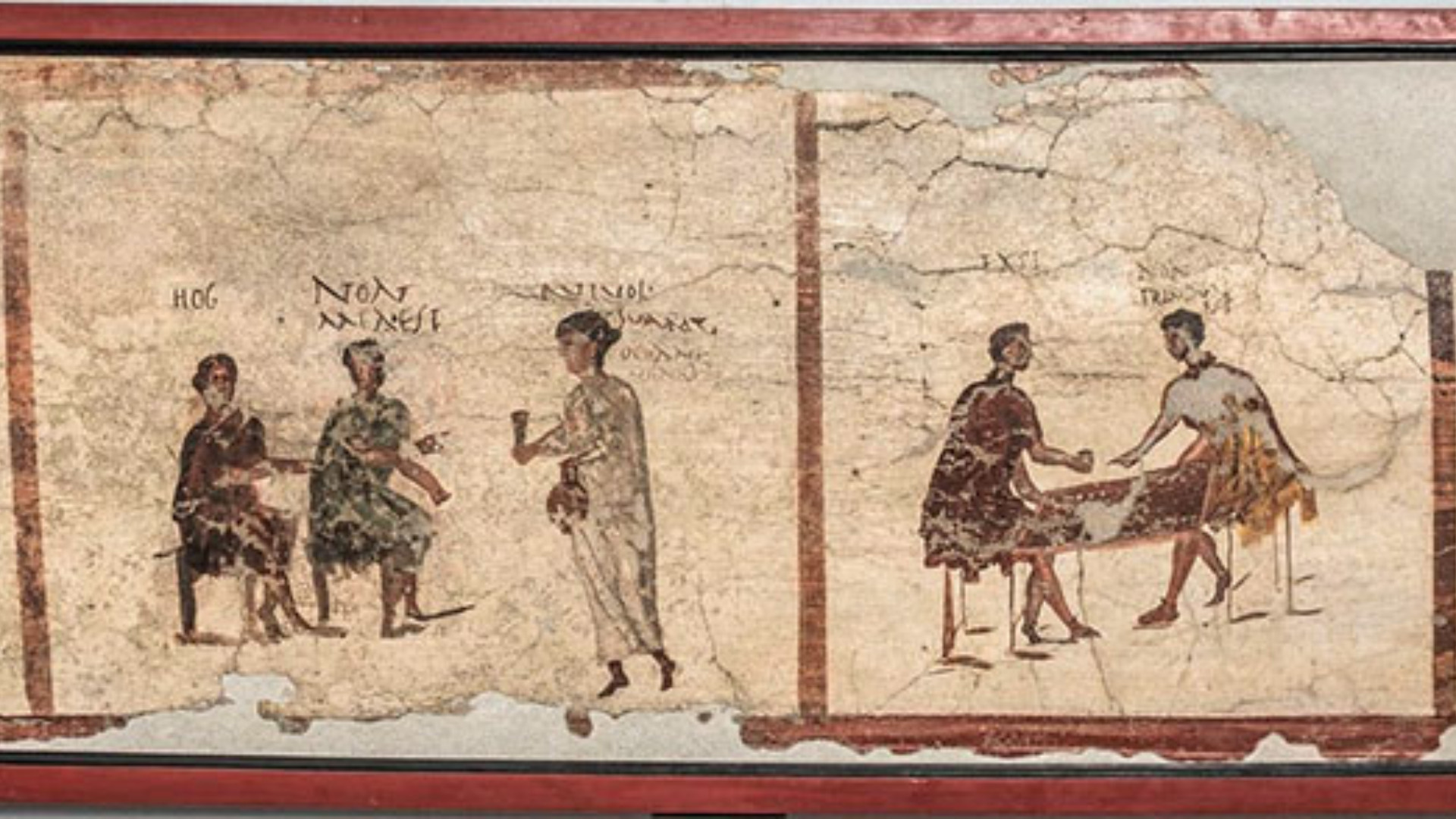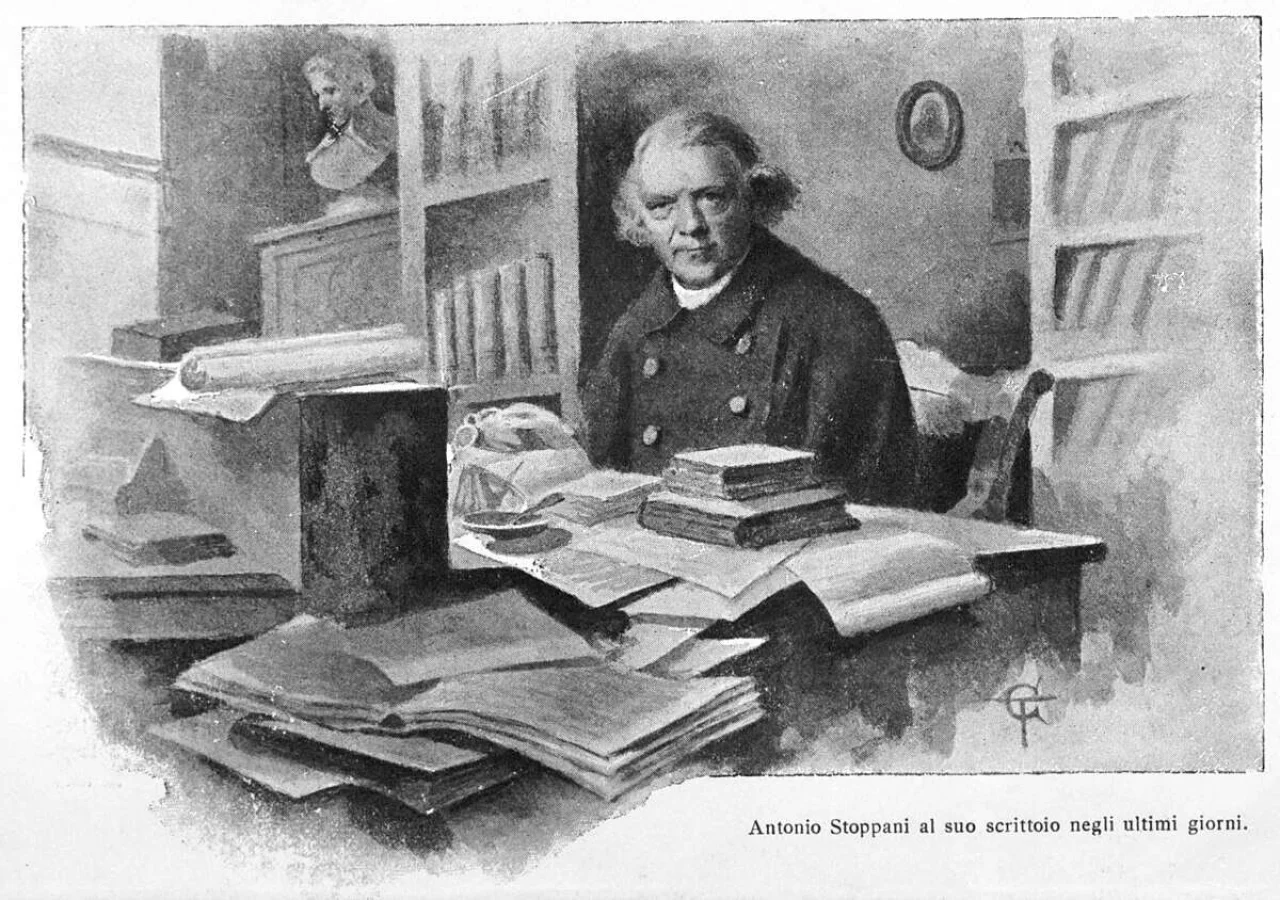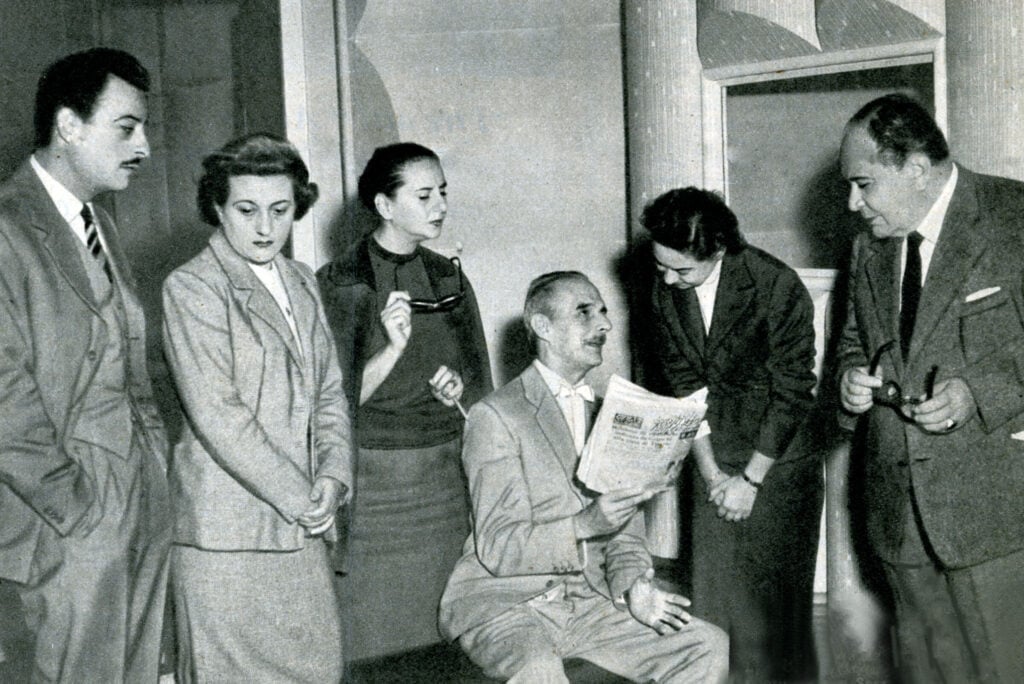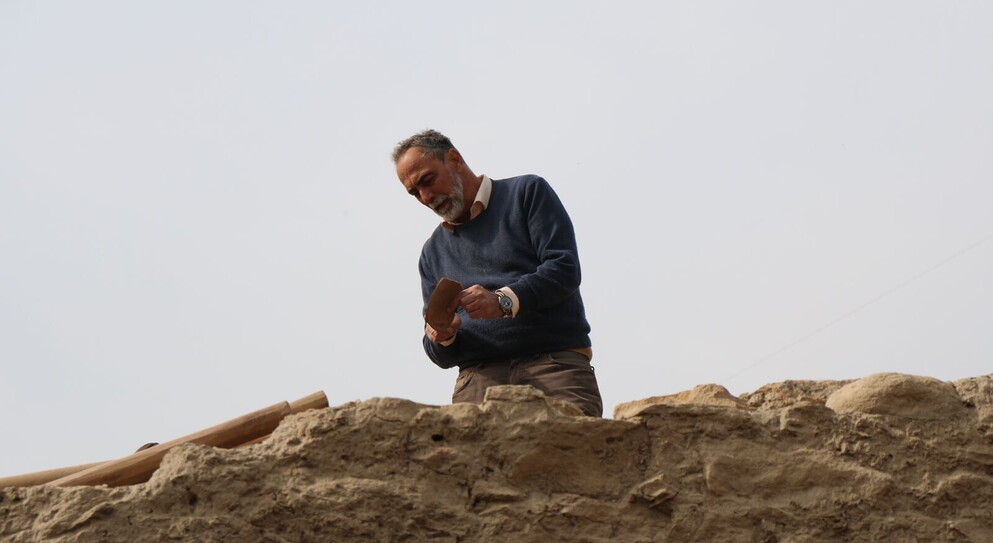academia.edu di domenica 8 dicembre 2019
Archaeological excavations at Göbekli Tepe, a transitional Neolithic site in southeast Turkey, have revealed the earliestmegalithic ritual architecture with characteristic T-shaped pillars. Although human burials are still absent from thesite, a number of fragmented human bones have been recovered from fill deposits of buildings and from ad- jacent areas. We focus on three partially preserved human skulls, all of which carry artificial modifications of atype so far unknown from contemporaneous sites and the ethnographic record. As such, modified skull fragmentsfrom Göbekli Tepe could indicate a new, previously undocumented variation of skull cult in the Early Neolithic of Anatolia and the Levant
di Julia Gresky, Juliane Haelm, Lee Clare
INTRODUCTION
Human skulls can be venerated for various reasons, ranging from an-cestor worship to the belief in the transmission of protective or otherproperties from the deceased to the living ( 1 ). This focus on the hu-man skull, including its special treatment, led to the establishment of the term skull cult in the anthropological literature [for example,Cauvin ( 2 ), Bienert ( 3 ), and Wahl ( 4 )]. Skull cult can take on differentforms, that is, with skull modifications frequently underlying very spe-cific cultural codes. In the Pre-Pottery Neolithic (PPN; 9600 – 7000calBC) of Southeast Anatolia and the Levant, there is an abundanceof archaeological evidence for the special status assigned to the humanskull: In addition to the deposition of skulls in special places, as at-tested by the “ skull depot ” at Tell Qaramel ( 5 ) or the “ skull building ” at Çayönü ( 6 ), human skulls are also known to have been decorated,for example, where the soft tissue and facial features have been remod-eled in plaster [such as, Goren et al . ( 7 ) and Rollefson ( 8 )] and/or colorwas applied to the bone ( 9 , 10 ).
A hitherto unknown type of skull modification has recently beenobserved at Göbekli Tepe in Southeast Anatolia. Fragments of threehuman skulls have been recovered, all of which carry intentional deepincisions along their sagittal axes. In one of these cases, a drilled per-foration is also attested. These findings are outstanding because they provide the very first osteological evidence for the treatment of thedead at Göbekli Tepe. The monumental stone buildings and rich sym-bolism encountered at this site have provided unprecedented insightsinto human belief systems and worldview at the Neolithic transition inone of its earliest geographical regions of genesis ( 11 ). Here, we pre-sent results from the analyses of these modifications according to sev-eral technical features. Results are compared with modified skullsfrom other Neolithic sites and examples from ethnographic research.Finally, we discuss whether the deep incisions (hereinafter also referredto as “ carvings ” ) are congruous with activities associated with a varia-tion of skull cult that is perhaps distinct to the site of Göbekli Tepe.
Human skulls can be venerated for various reasons, ranging from an-cestor worship to the belief in the transmission of protective or otherproperties from the deceased to the living ( 1 ). This focus on the hu-man skull, including its special treatment, led to the establishment of the term skull cult in the anthropological literature [for example,Cauvin ( 2 ), Bienert ( 3 ), and Wahl ( 4 )]. Skull cult can take on differentforms, that is, with skull modifications frequently underlying very spe-cific cultural codes. In the Pre-Pottery Neolithic (PPN; 9600 – 7000calBC) of Southeast Anatolia and the Levant, there is an abundanceof archaeological evidence for the special status assigned to the humanskull: In addition to the deposition of skulls in special places, as at-tested by the “ skull depot ” at Tell Qaramel ( 5 ) or the “ skull building ” at Çayönü ( 6 ), human skulls are also known to have been decorated,for example, where the soft tissue and facial features have been remod-eled in plaster [such as, Goren et al . ( 7 ) and Rollefson ( 8 )] and/or colorwas applied to the bone ( 9 , 10 ).
A hitherto unknown type of skull modification has recently beenobserved at Göbekli Tepe in Southeast Anatolia. Fragments of threehuman skulls have been recovered, all of which carry intentional deepincisions along their sagittal axes. In one of these cases, a drilled per-foration is also attested. These findings are outstanding because they provide the very first osteological evidence for the treatment of thedead at Göbekli Tepe. The monumental stone buildings and rich sym-bolism encountered at this site have provided unprecedented insightsinto human belief systems and worldview at the Neolithic transition inone of its earliest geographical regions of genesis ( 11 ). Here, we pre-sent results from the analyses of these modifications according to sev-eral technical features. Results are compared with modified skullsfrom other Neolithic sites and examples from ethnographic research.Finally, we discuss whether the deep incisions (hereinafter also referredto as “ carvings ” ) are congruous with activities associated with a varia-tion of skull cult that is perhaps distinct to the site of Göbekli Tepe.
leggi l'articolo integrale su academia.edu
| SCHEDA LIBRO | Segnala | Ufficio Stampa |




